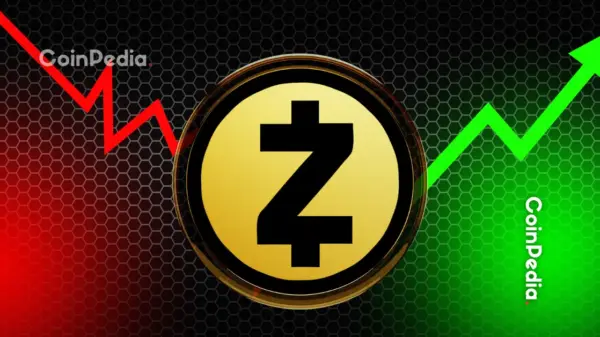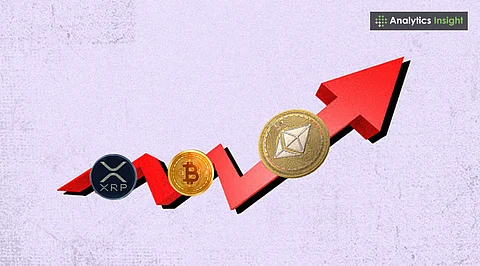Ethereum has recently outpaced Bitcoin in terms of price performance and investor interest, raising speculation about a potential new all-time high (ATH). As of August 13, 2025, Ethereum was trading above $4,600, while Bitcoin remained around $119,300. This shift indicates a growing momentum for Ethereum, driven by significant institutional investment and upgrades to its technology.
Driving Factors Behind Ethereum’s Growth
A surge in investor confidence is illustrated by the substantial inflow of funds into Ethereum exchange-traded funds (ETFs) in the United States. On August 11, these ETFs recorded a remarkable $1 billion in net inflows, marking the highest daily total since their introduction. Leading the charge was BlackRock’s ETF, which attracted nearly $640 million in a single day, followed closely by Fidelity’s ETF with approximately $277 million. In total, Ethereum ETFs have garnered $5.3 billion in the past month and $7.1 billion so far in 2025, reflecting robust confidence from large financial institutions.
Institutional investors are significantly increasing their Ethereum holdings. For instance, in July, BlackRock acquired around 150,000 ETH, and other companies, such as Bitmine Immersion Technologies and Sharplink Gaming, have also expanded their Ethereum portfolios. These substantial purchases underscore a strong market signal that professional investors anticipate future growth for Ethereum.
Market Performance and Future Predictions
The price of Ethereum has jumped nearly 9% in recent days, reflecting a year-to-date increase from around $2,726 to approximately $4,607, which represents a growth of nearly 69%. Market analysts suggest that if this upward momentum continues, Ethereum could potentially reach between $5,500 and $6,000 in the coming months, with some forecasts even suggesting a possibility of hitting $7,000 before the end of 2025.
Despite Bitcoin’s ongoing strength and proximity to its all-time high, Ethereum’s ascent has been notably rapid. On certain days, inflows into Ethereum ETFs have surpassed those for Bitcoin, a shift from the historical trend where Bitcoin typically attracted more investor interest.
Several global economic trends are currently favoring Ethereum’s growth. Lower inflation rates in the United States have increased expectations for a potential interest rate cut in September, while a weaker US dollar has made cryptocurrencies more appealing to international investors. Additionally, with major stock markets reaching record highs, investors are demonstrating a greater willingness to engage with riskier assets, including cryptocurrencies.
Ethereum’s technological advancements also play a critical role in its growth trajectory. The completion of the Dencun upgrade in March 2024 enhanced transaction efficiency and reduced costs, particularly for Layer 2 networks handling significant transaction volumes. Furthermore, Ethereum’s fee burn mechanism can limit the total supply of ETH in circulation, which may drive prices higher as demand increases.
Currently, Ethereum’s price is nearing its previous all-time high of approximately $4,878. Factors that could facilitate a breakthrough past this threshold include continued large inflows into Ethereum ETFs, ongoing institutional buying, favorable global economic conditions, and the efficacy of its blockchain technology.
While the outlook appears promising, potential risks remain. If investor interest wanes or the market becomes cautious, ETF inflows may slow. Economic shifts, such as unexpected increases in inflation or interest rates, could negatively impact cryptocurrency prices. Additionally, should investor focus return predominantly to Bitcoin, Ethereum may experience a setback in its current momentum.
As it stands, Ethereum is positioned strongly, supported by record ETF inflows, rising demand from institutional investors, and enhanced blockchain performance. If the current positive momentum persists, Ethereum may soon establish a new record, with forecasts suggesting a target of $5,500 or higher in the near term. The coming weeks will be crucial in determining whether this upward trend can continue.




































































